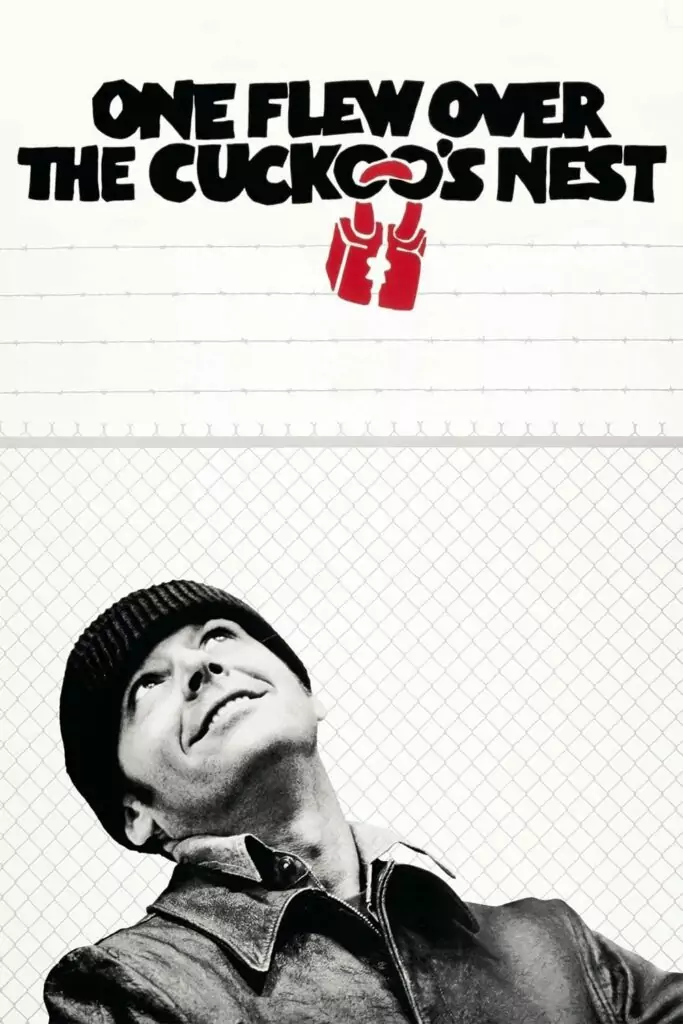The following review example can serve as a guide for students trying to find inspiration when writing the “One Flew Over the Cuckoo’s Nest” book summary.

✅ AI Essay Writer ✅ AI Detector ✅ Plagchecker ✅ Paraphraser
✅ Summarizer ✅ Citation Generator
Main characters of “One Flew Over the Cuckoo’s Nest” by Ken Kesey:
- Randle McMurphy – A rebellious and charismatic convict who fakes insanity to avoid prison labor, McMurphy becomes a hero and a leader to the other patients in the mental institution. He challenges the oppressive authority of Nurse Ratched and inspires the patients to assert their individuality.
- Chief Bromden – A half-Native American patient who has been in the institution for many years, Chief Bromden pretends to be deaf and mute. Through his eyes, the story unfolds, revealing his deep insights and observations about the institution. He is profoundly impacted by McMurphy’s presence.
- Nurse Ratched (also known as “Big Nurse”) – The cold, calculating head nurse of the institution, Nurse Ratched represents the oppressive and dehumanizing forces of authority. She maintains strict control over the patients through psychological manipulation and punishment.
- Billy Bibbit — A young, stuttering patient, Bibbit is extremely shy and dominated by his mother, who is a close friend of Nurse Ratched. His character highlights the damaging effects of the institution and Nurse Ratched’s control.
- Dale Harding — An intelligent and articulate patient, Harding is the unofficial leader of the patients before McMurphy’s arrival. He struggles with his own insecurities and the societal stigmas surrounding mental illness and sexuality.
“One Flew Over the Cuckoo’s Nest,” authored by Ken Kesey, is a profound novel with modernist and postmodernist ideas that explores the oppressive dynamics within a mental institution, challenging the societal norms of sanity and authority.
Part 1: Introduction to the Hospital Setting and Characters
The novel begins by introducing the Oregon psychiatric hospital, a microcosm of societal control and oppression, through the perspective of Chief Bromden. Chief Bromden’s feigned deafness and muteness are his defense mechanisms against the invasive and oppressive environment. The daily monotony and strict routines enforced by Nurse Ratched are established, setting the scene for the ensuing conflicts.
Part 2: Arrival of Randle McMurphy and Initial Impact

Randle McMurphy’s entrance into the hospital introduces a stark contrast to the established order. His flamboyant, rebellious nature immediately sets him apart from other patients. McMurphy’s initial interactions with the patients, especially with Harding and Billy Bibbit, begin to reveal their deep-seated issues. Harding’s intelligence and sensitivity are overshadowed by his insecurities about masculinity and societal perception, while Billy’s severe stutter and shyness reflect his overwhelming fear of his mother and Nurse Ratched.
Part 3: Escalation of Conflict and Deepening Character Interactions
As McMurphy begins to challenge Nurse Ratched’s authority, the power dynamics within the ward shift. The fishing trip, a pivotal event, symbolizes a collective step towards liberation and self-determination. This experience is particularly transformative for Chief Bromden, who starts to reconnect with his lost sense of self and autonomy.
Part 4: Exploration of Therapy and Treatment
The novel delves into the controversial treatments of the time, such as electroshock therapy, which McMurphy and others endure. These treatments are depicted not as healing, but as tools of control and punishment, further criticizing the psychiatric practices of the era. The impact of these treatments on characters like Cheswick, who eventually takes his life, underscores their brutal and dehumanizing nature.
Part 5: The Climactic Confrontation and Tragic Outcomes
The climax of the novel occurs during a late-night party organized by McMurphy in the ward. The event leads to significant developments for Billy Bibbit, who, after a night of newfound confidence, faces a tragic end following Nurse Ratched’s emotional manipulation. This event signifies the extreme extent of the control exerted by Nurse Ratched and the institution.

Part 6: McMurphy’s Fate and Chief Bromden’s Liberation
The novel reaches its harrowing conclusion with McMurphy’s lobotomy, a result of his physical altercation with Nurse Ratched. This act represents the ultimate exertion of institutional control over individual rebellion. However, this leads to Chief Bromden’s final act of liberation, both for himself and symbolically for McMurphy, as he escapes the institution, signifying a break from the oppressive forces.
Character Development:
- Randle McMurphy evolves from a carefree, rebellious individual to a sacrificial figure, symbolizing resistance against oppressive systems. His journey highlights the cost of challenging authoritarian structures.
- Chief Bromden, initially a silent observer, gradually reclaims his voice and agency, influenced by McMurphy’s actions. His escape symbolizes a triumph over the dehumanizing forces of the institution.
- Nurse Ratched, the embodiment of the oppressive system, maintains her rigid control throughout the novel. Her character serves as a constant reminder of the institutional power over individual autonomy.
- Billy Bibbit’s development is marked by fleeting moments of confidence, overshadowed by his tragic demise, illustrating the destructive impact of shame and societal expectations.
- Dale Harding’s character reveals the internal struggles with self-identity and societal pressures, providing insight into the complexities of mental health and societal conformity.
Personal Point of View
From Ken Kesey’s “One Flew Over the Cuckoo’s Nest,” I learned about the profound complexities of individual versus institutional power dynamics and the thin, often blurred line between sanity and insanity. The book’s portrayal of a psychiatric institution as a microcosm of societal control and repression, along with the vivid character arcs, notably Chief Bromden’s journey from submissiveness to liberation, was deeply impactful. This one flew over the cuckoo’s nest book summary reflects the influence of the novel.
Kesey’s ability to weave critical themes of freedom, conformity, and the human spirit within a compelling narrative is commendable. I would certainly recommend this book, especially for its incisive critique of the dehumanizing aspects of institutional systems and the resilience of the human spirit. The author’s narrative style is engaging and thought-provoking, successfully translating complex ideas into an accessible and emotionally resonant story. In my opinion, the author did an exceptional job, not only in character development and storytelling but also in challenging readers to rethink societal norms and the nature of authority. The novel’s lasting relevance and its ability to provoke critical thought make it a worthwhile read.
Conclusion
Conclusively, “One Flew Over the Cuckoo’s Nest” offers a somber yet insightful critique of power structures and conformity. McMurphy’s ultimate fate, as a casualty of the very system he opposed, serves as a poignant commentary on societal and institutional forces that annihilate individuality and dissent. Diving into the One Flew Over the Cuckoo’s Nest analysis, we can see that the novel’s enduring impact lies in its provocative reflections on sanity, the perversion of power, and the sanctity of human dignity within oppressive regimes. Kesey’s work remains a compelling denunciation of the dehumanizing aspects of institutional control and an homage to the enduring human spirit in the face of such adversity.
Follow us on Reddit for more insights and updates.







Comments (0)
Welcome to A*Help comments!
We’re all about debate and discussion at A*Help.
We value the diverse opinions of users, so you may find points of view that you don’t agree with. And that’s cool. However, there are certain things we’re not OK with: attempts to manipulate our data in any way, for example, or the posting of discriminative, offensive, hateful, or disparaging material.